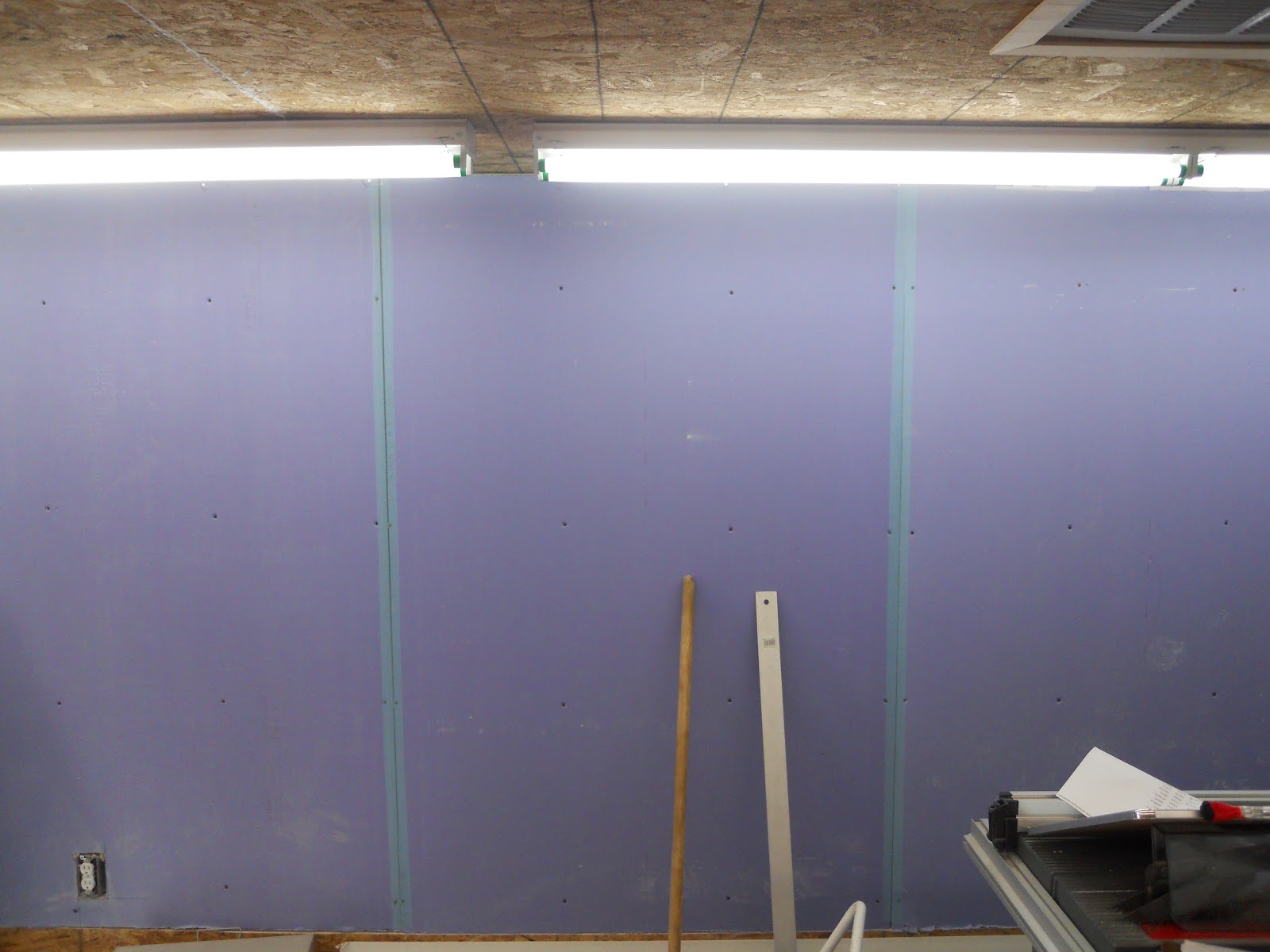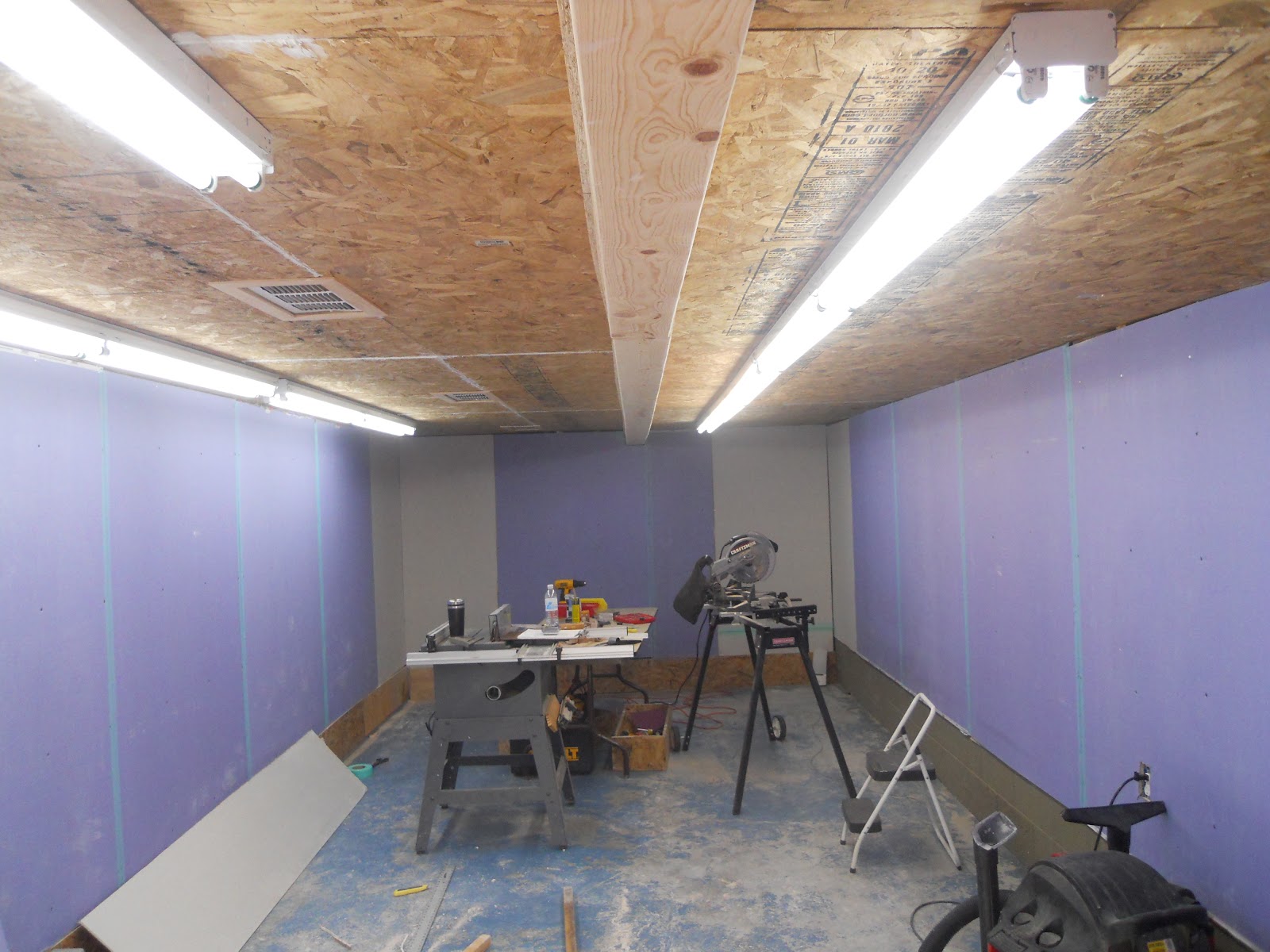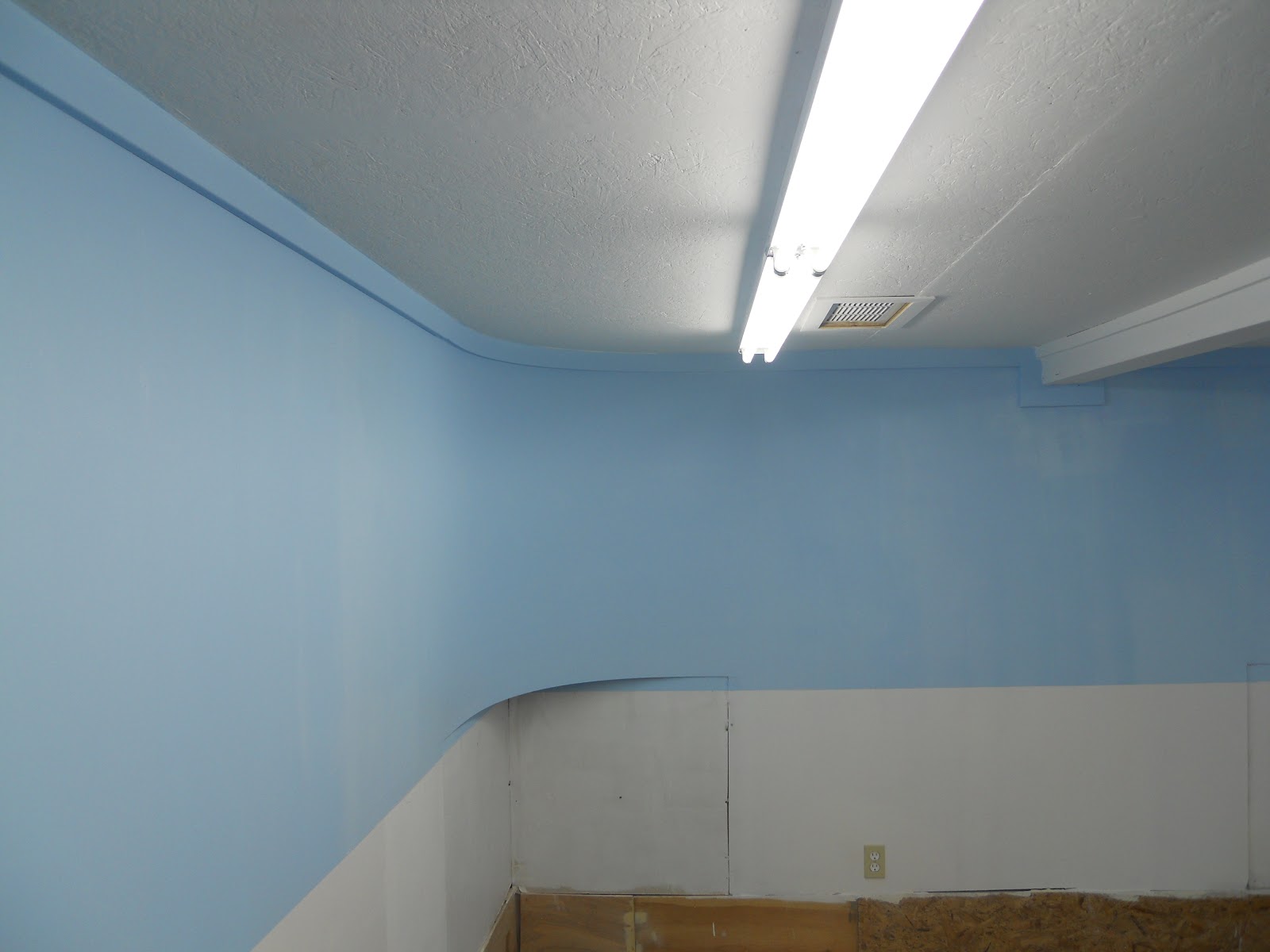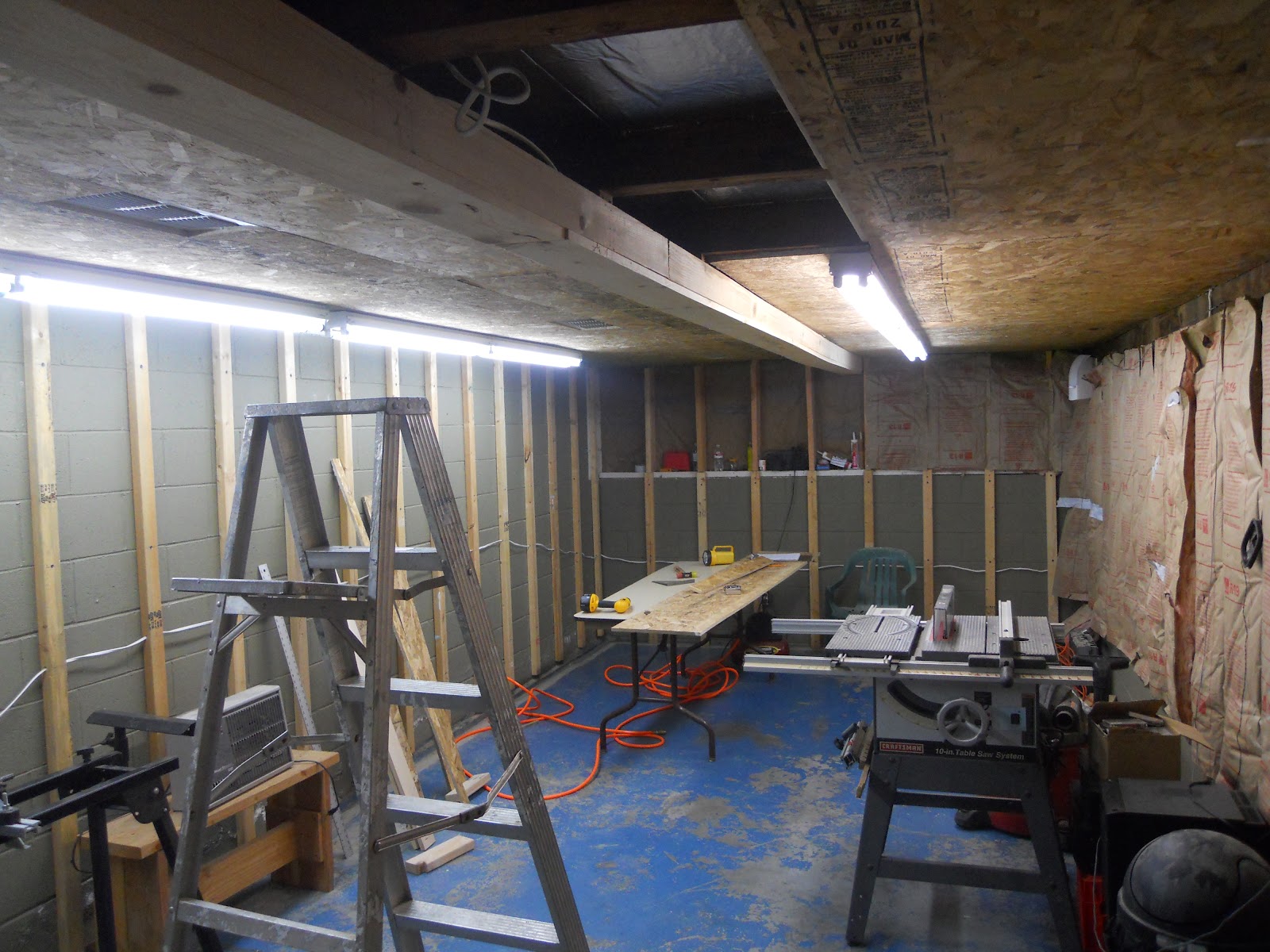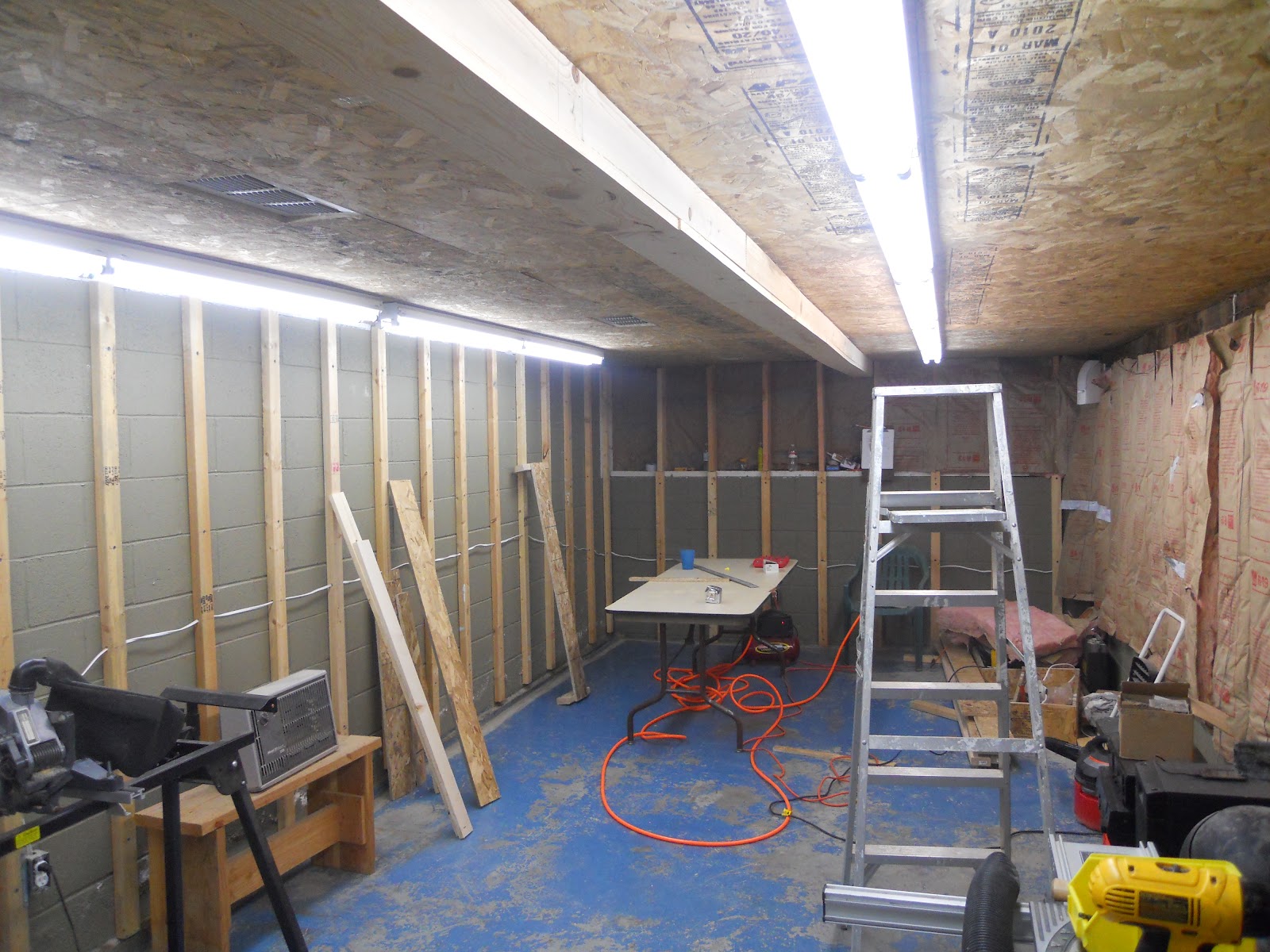The electronic/electrical work on the Placerville Branch was installed as the bench and trackwork went into place. I've owned early digitraxx and now NCE systems. I prefer NCE, Since the Placerville Branch is 1. dark territory and 2. a smaller railroad, I think I'm set with NCE and its advanced consisting capabilities, along with decoder programming help from Decoder Pro 3. Area electrical blocks as part of short management were created by gapping and isolating trackage into 5 blocks. When operating, I don't care for electrical shorts shutting down large sections of Rr, so I broke the Placerville branch into 5 separate electronic zones each fed with a TTX circuit breaker. #12 ga wire was utilized for the primary buss. I used solid 26 gauge wire tips soldered to code 73 visible track and the Atlas code 83 track in staging. The 26 ga. was in turn soldered to 16 ga stranded which in turned were fastened to the buss with suitcase connectors. Its been up for couple of years now and some issues during ops session have come up. A loose wire to a ckt. bkr. shut down upper Placerville at the end of one session. Improperly chained circuit breakers, which in turn weren't isolated at track level, caused delayed control issues and random shut downs that would last for several seconds. As much as I didn't want these trouble occurring on the Pville branch, they have. I think I've worked through most of them now. Contrary to what many modelers think is proper, I power my frogs for polarity so that my small engines - which is what we have here on the Placerville Branch, glide across turnouts. I utilized 2 types of switch machines; Tortoise machines throughout Folsom yard and Blue Point manual machines everywhere else.
That is until recently. I've started replacing blue points with Tortoise. Reason? I don't think you can beat the stall power of a switch motor - the points are driven into the stock rail and stay there. Additionally the Tortoise is a bit more forgiving in terms of mechanical alignment. I've learned that unless the blue point is in perfect alignment I can't get proper point closure. Switch wiring is pretty basic for either machine. Tortoises have one motor side going to12vdc ground, while the other motor side is wired through a spdt switch, one side of the switch is wired for pos. 12vdc, the other for neg 12vdc. You flip the switch the Tortoise drives one way or the other. I wire the frog by utilizing a pair of switches on either machine to flop correct power back and forth between stock rails and the frog. This is one way to prevent locomotives from entering the switch against the points and derailing. It creates a short and stops the loco. Of course if you back into the switch with a long string of cars leading the way, all bets are off.
Lastly I was encouraged to bridge the gap at the points with fine #30 gauge wire. I did this for the first 40 switches or so, but ran into trouble when using blue point manual switch machines. The fine wire or my questionable soldering would pressure the point in one direction opposite to the desired switch throw direction and I wouldn't get full point closure. Eventually many switches wired with the fine #30 wire were taken out. Not the switch, just the wire. I may have point electrical contact issues going forward, but so far so good.
Layout lighting is a combination of overhead parallel 3' T8 daylight 32 watt fluorescents. These run the entire length of the layout directly over the upper deck and it provides good light for operators. I know this because no one complains.
On the lower deck I use CFL 65 and 75 watt daylight bulbs. Recently, I'd thought I'd try some Home Depot LED bulbs, however I didn't like the color of these and the CREE LED daylight, which I prefer are prohibitively expensive. A railroading buddy, gave me strings of led surface mounted white lights which softly and yet effectively light up staging under the penninsula.
Lastly my staging area is driven by the NCE throttle macros which drive the switch machines into proper alignment depending on the track chosen and whether its an inbound or outbound train.
Thats it. I'll start writing about the modeling, the structures, the towns and building out the Placerville branch next time out.
My wiring is very basic, because it doesn't need to be anything else. No detection, no signalling, excepted for a couple of planned TO boards going up at 2 locations. You can't control my turnouts with DCC except in staging so all my wiring consists of the buss, the track feeders, 12vdc turnout and frog control.












